Intro
Of Balkun type, the Krk Island Horse is not an official breed, but a type found specifically on Krk Island in Croatia, for which they are named.
Read more
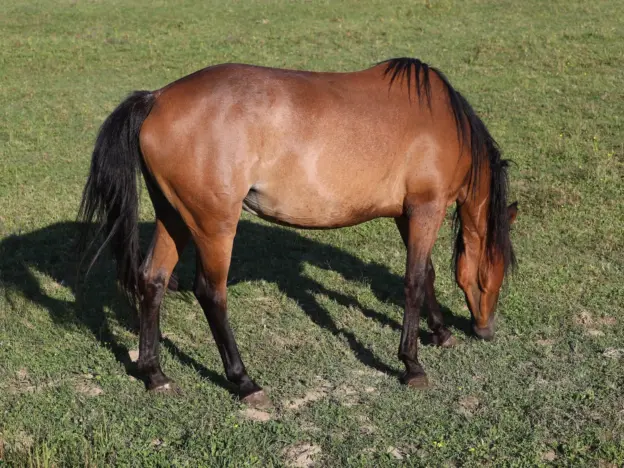
Of Balkun type, the Krk Island Horse is not an official breed, but a type found specifically on Krk Island in Croatia, for which they are named.
Read more
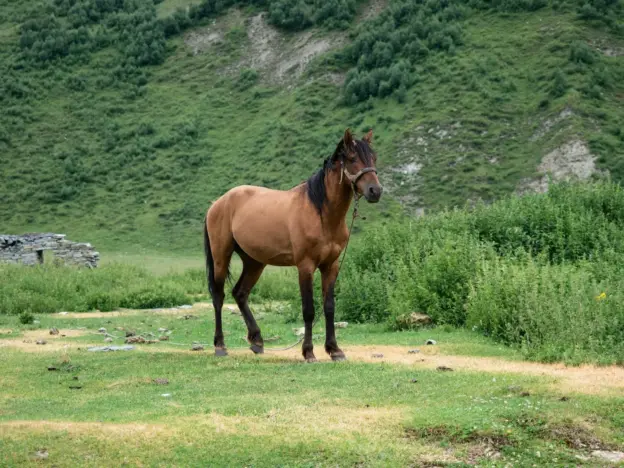
The Colchides, Kolkheti or Kolkhuri Horse breed is the oldest and smallest member of the Caucasus type.
Read more
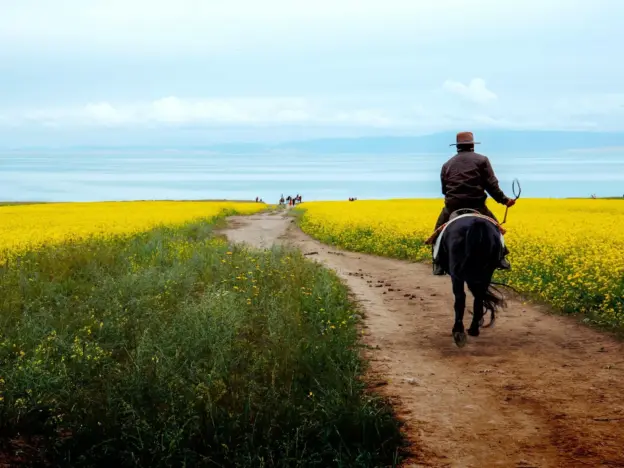
Kesheng Horses are not an official breed, but rather a strain of the Hequ Horse bred in Qinghai Province of China.
Read more
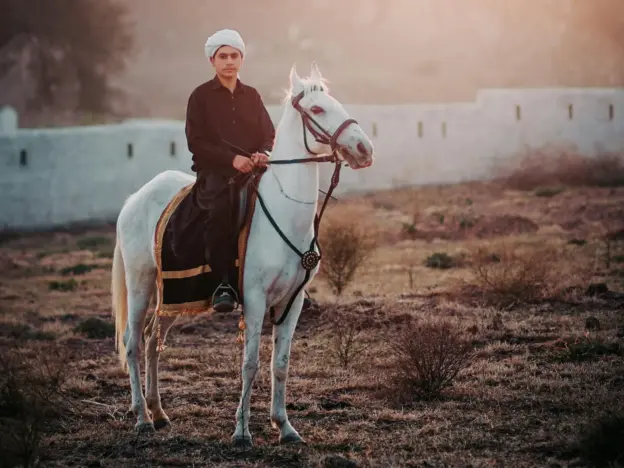
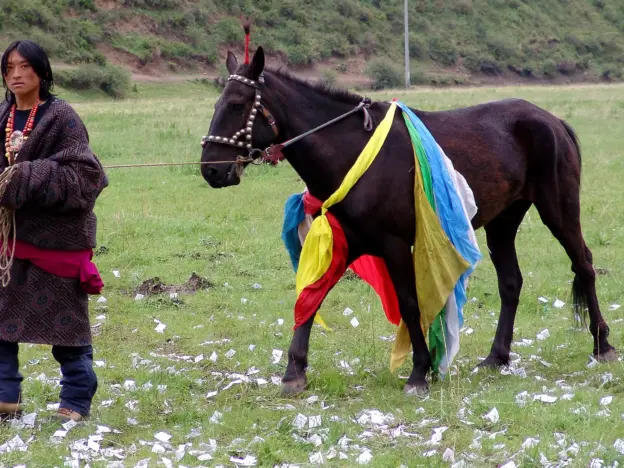
Not an official breed, Jiaoke Horses are a strain of the Hequ Horse bred in southern Gansu Province, in the northwest of China
Read more
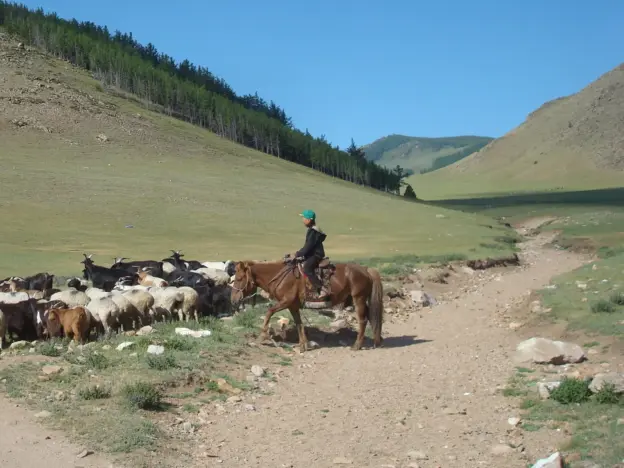
Not an official breed, the Forest Mongolian or Jargalant Horse is a strain of Mongolian Horse which is bred almost exclusively in the Jargalant district of Mongolia, for which it is named.
Read more

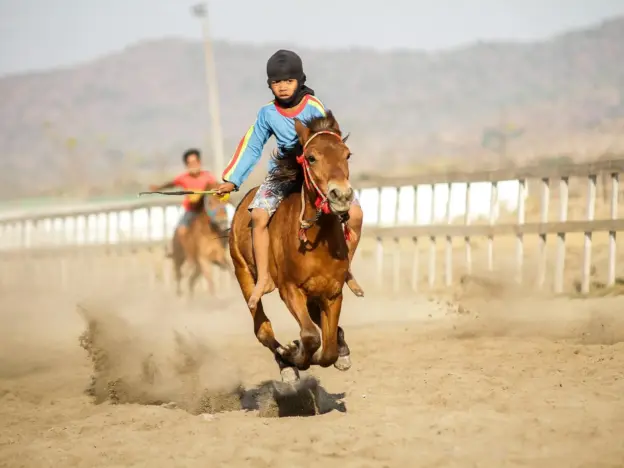
Bred almost exclusively for racing the Indonesian Race Horse is a cross between local Sandalwood Pony crossed with Thoroughbred.
Read more
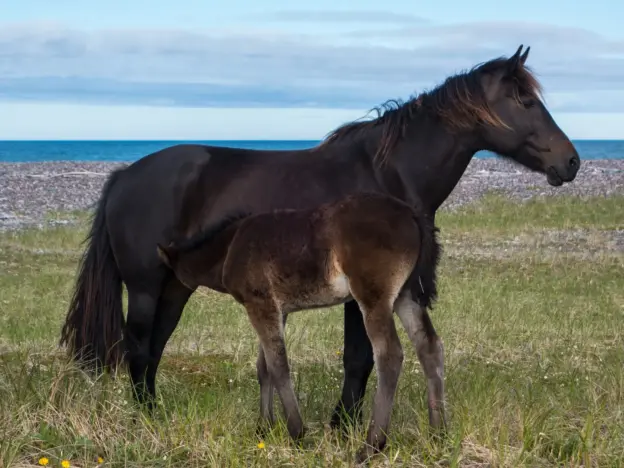
Miquelon Horses are not an official breed and are genetically similar to (or a feral strain of) the Canadian Horse. They come from a widely varied foundation.
Read more
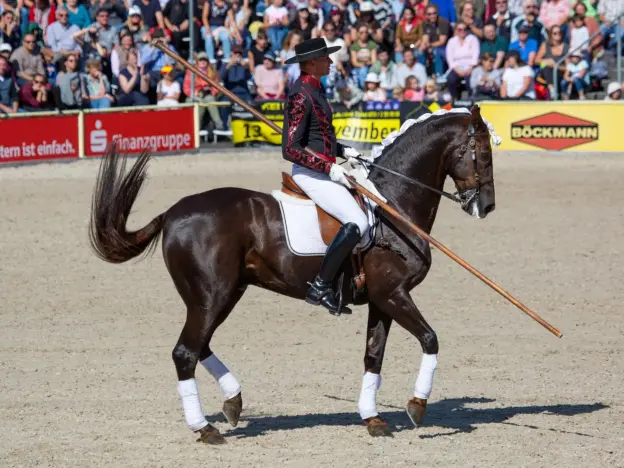
Like the name indicates, the Tres Sangres Horse is a cross using three very influential breeds of horse, the Pura Raza Española, English Thoroughbred and Arabian.
Read more